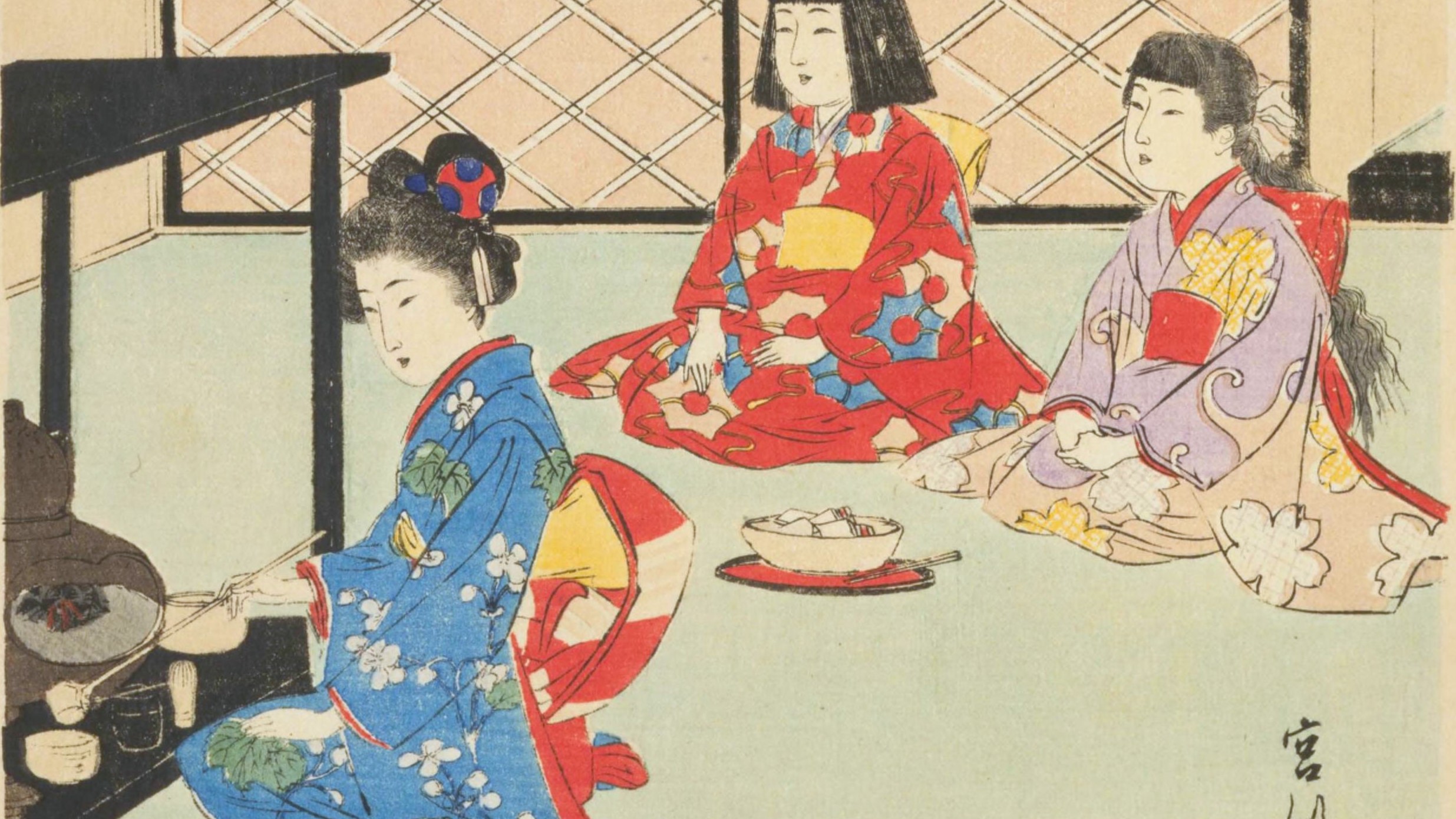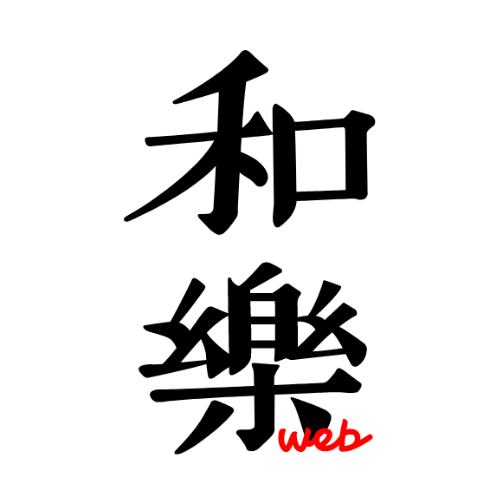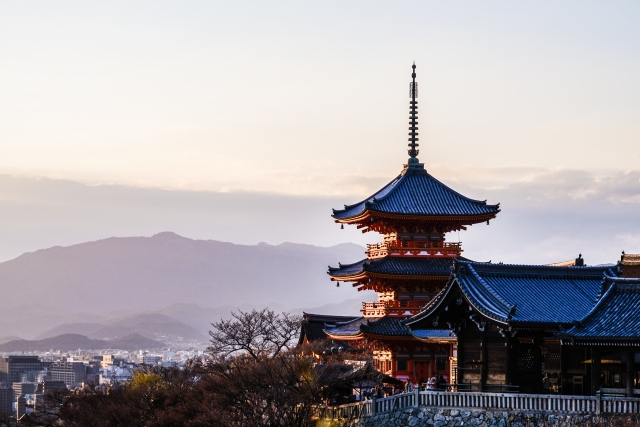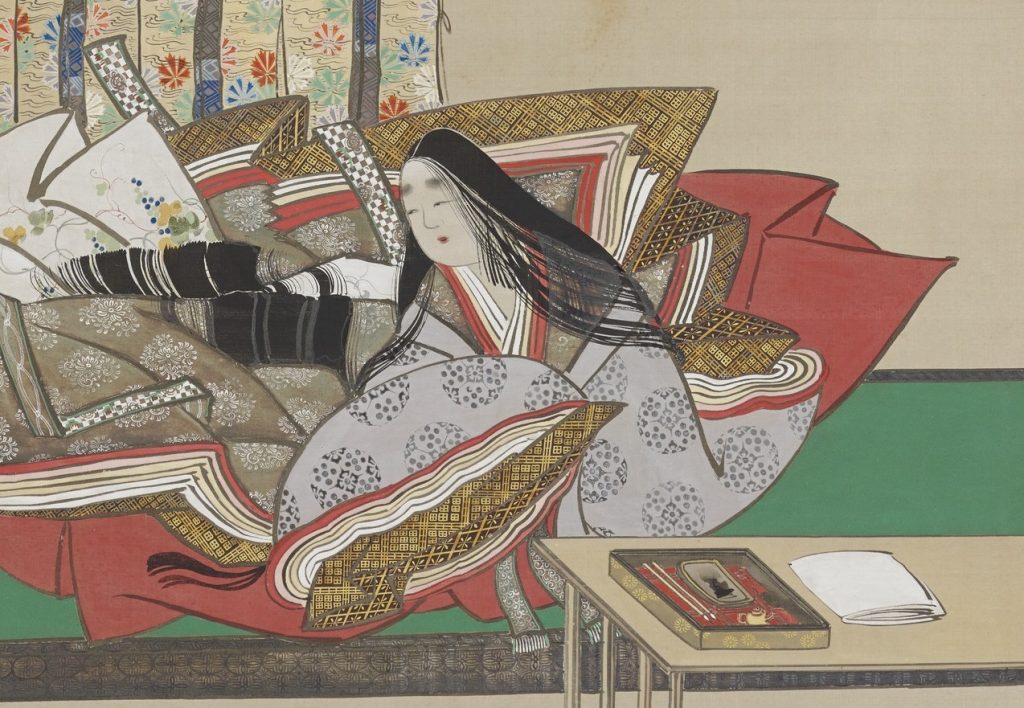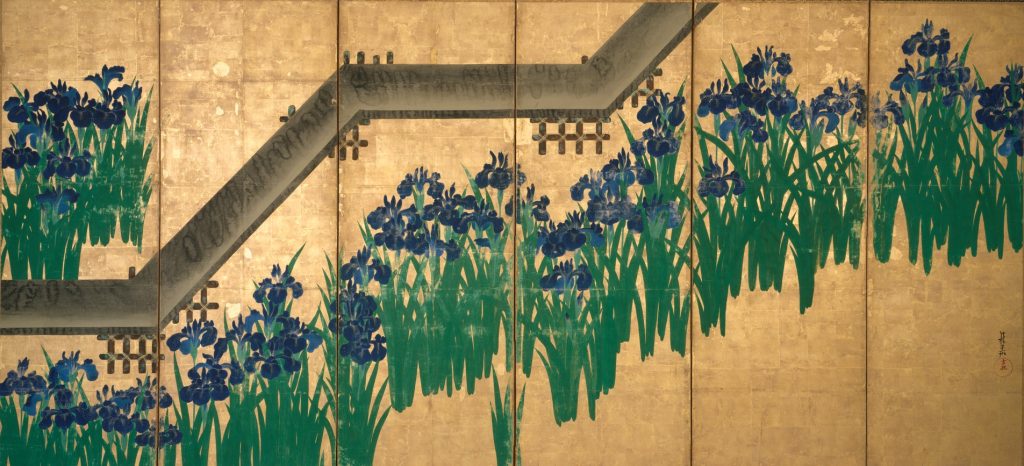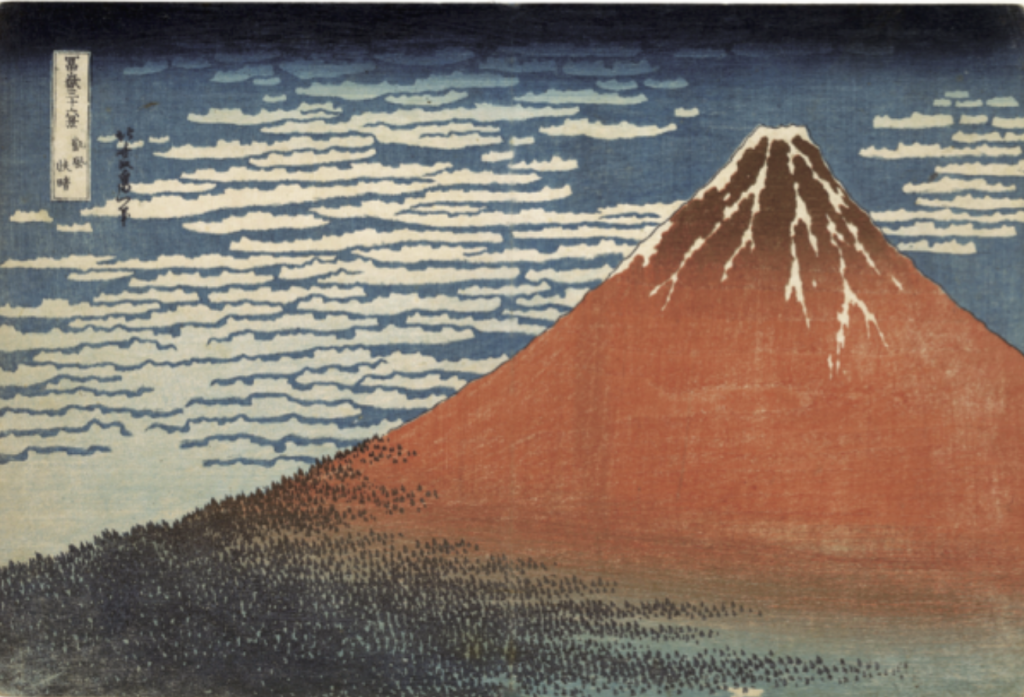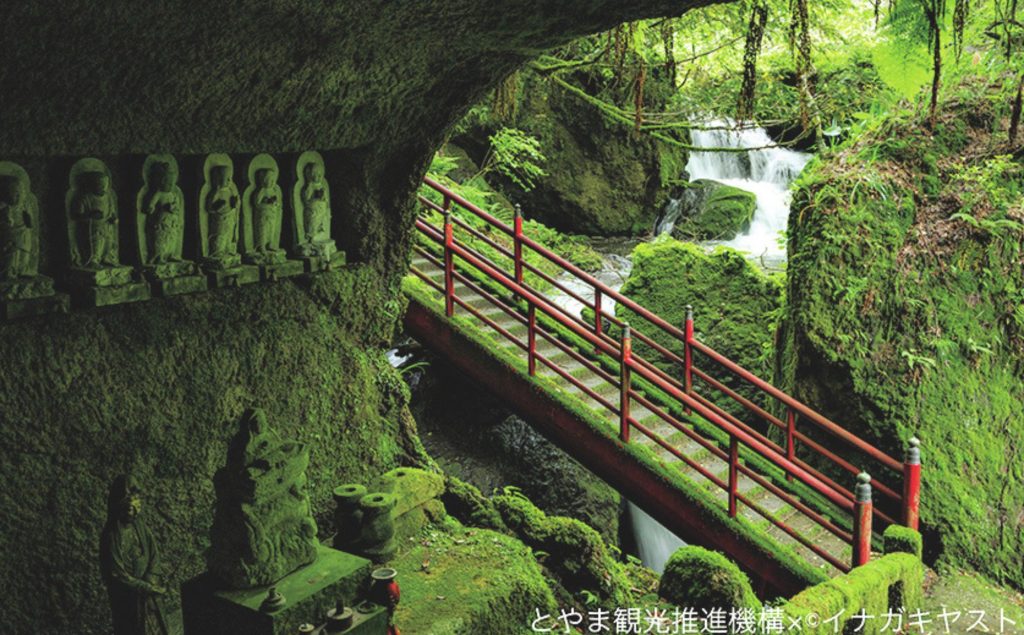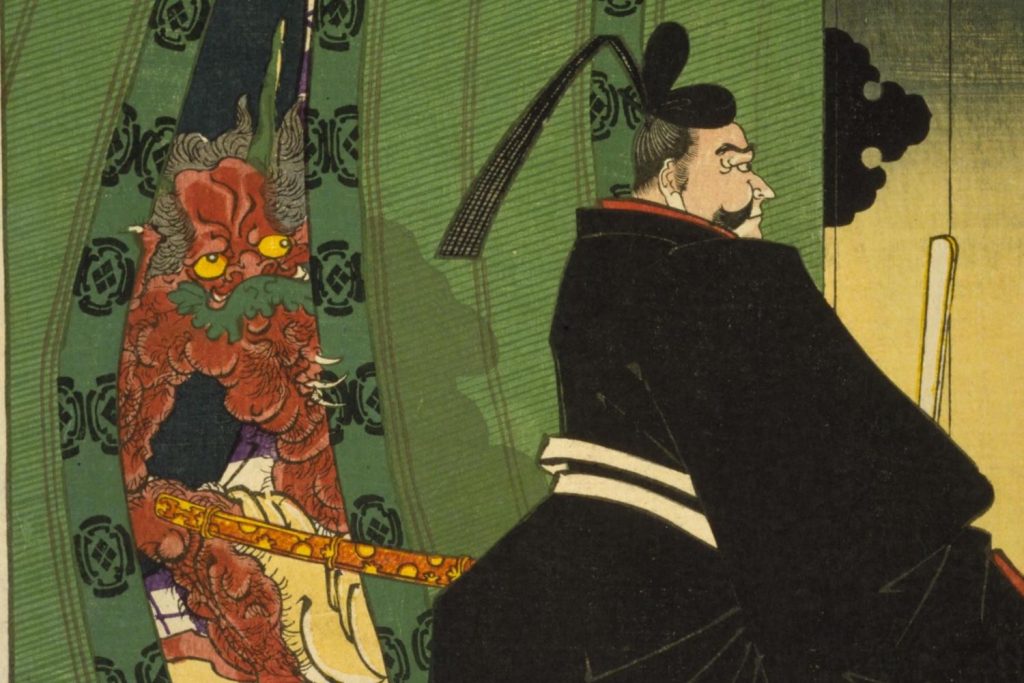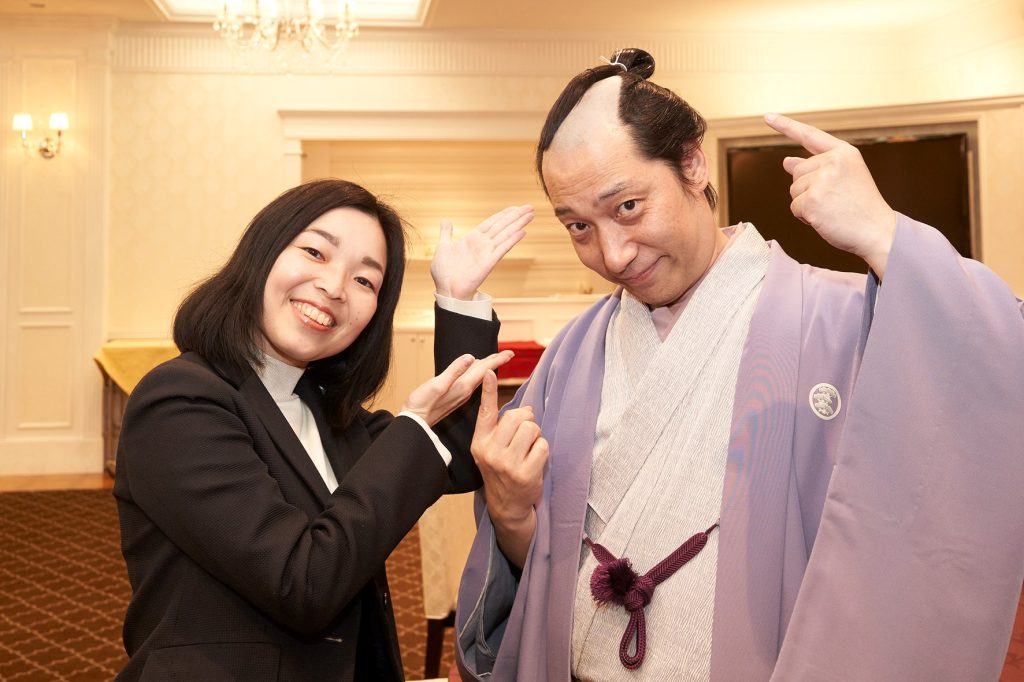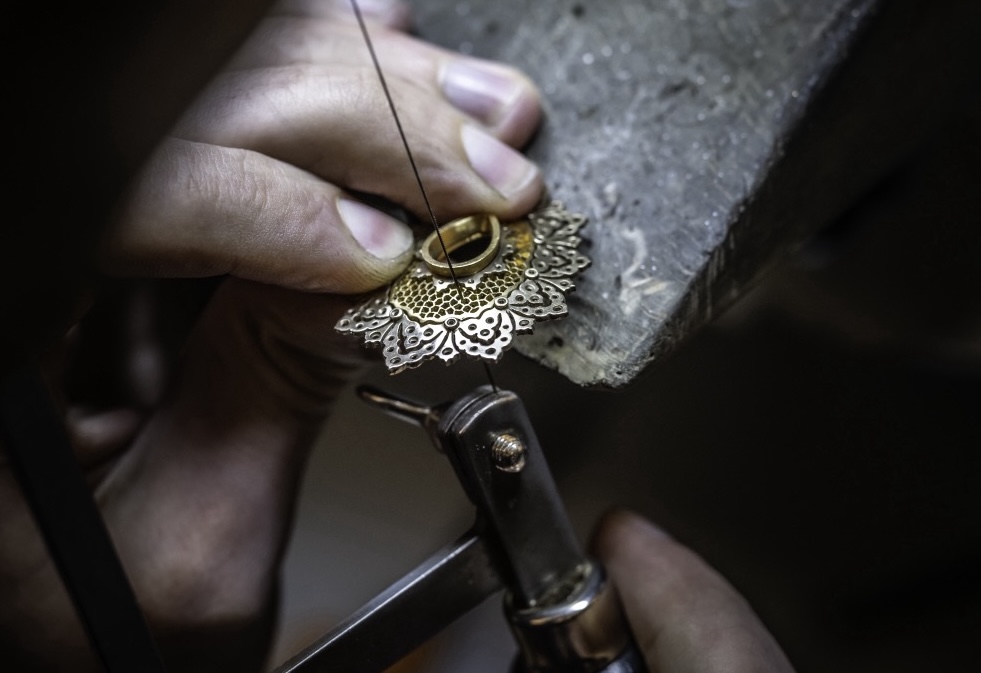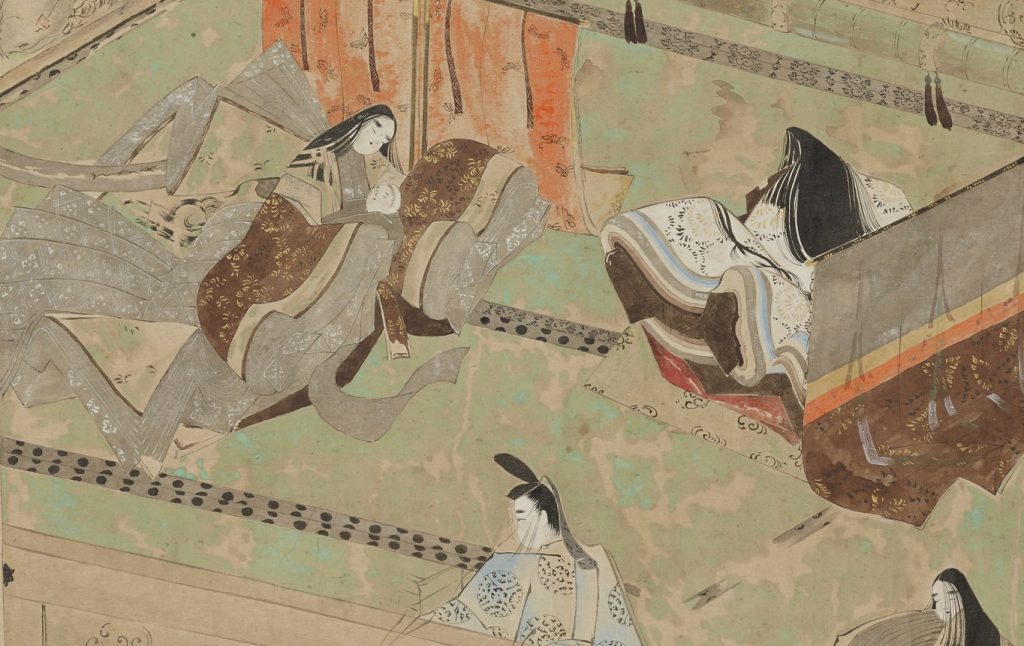Special feature: Kyoto, the city of Chami. In this article we introduce what ‘Chami’ is all about.
The spirit of tea dwelling here there, and everywhere!
Secrets of Kyoto’s beloved traditional and new shops
‘It has Chami’.
This may sound like a compliment, but for those unfamiliar with chanoyu(茶の湯), it’s real meaning is not obvious. It is probably easier to imagine if explained as the aesthetics established in the tea ceremony, as typified by wabisabi.
I recall some of the things that catch my eye every time I visit Kyoto.
The temple gardens, swept first thing in the morning, the wet stone pavements, the inviting fragrance in the air… As adults, we experience a new found appreciation for what makes Kyoto amazing and that is perhaps because we are appreciating the ‘Chami’ that is there.
Kyoto is the home of the tea ceremony. That’s why this city is full of Chami, or the taste of tea, and excitement. Join us as we venture into Kyoto to discover the taste of tea.
Famous cafe’s and their Chami!
“What do you consider to be good places to eat in Kyoto?”
The Kyoto team of the ‘Waraku’ editorial department gathered to share their opinions.
“The waiters’ uniforms in the Francois kissasitsu. I like the choice of a classic dress for that space.
The interior designer’s point of view: “The shop’s ‘rules’, such as the the sauce for the rare cheese cake is always blueberry, and it is served on a specific plate, feel intentional and thought out.
Theres also the tsujitome(辻留) bento box lunches. The corner cut-out in one place is a timeless design that is also used in the meimei zara(銘々皿) on which tea sweets are placed. The thoughtfulness of it coming with the tenugui(手ぬぐい) to place on your lap is also charming”, says our chanoyu rep.
The food manager is “Aritsugu(有次), where at the end of the year, die-cuttings of the following year’s zodiac signs are placed in the front row of the corner. They are all metal objects, but you can still sense the season”. Each of these eye-catchers have been bundled together and screened for their ‘Chami’, have been introduced in our special feature ‘Kyoto, the city of Chami’.
※This article is a reprint of the magazine Waraku (April/May 2018 issue).
This article is translated from https://intojapanwaraku.com/travel/217517/






